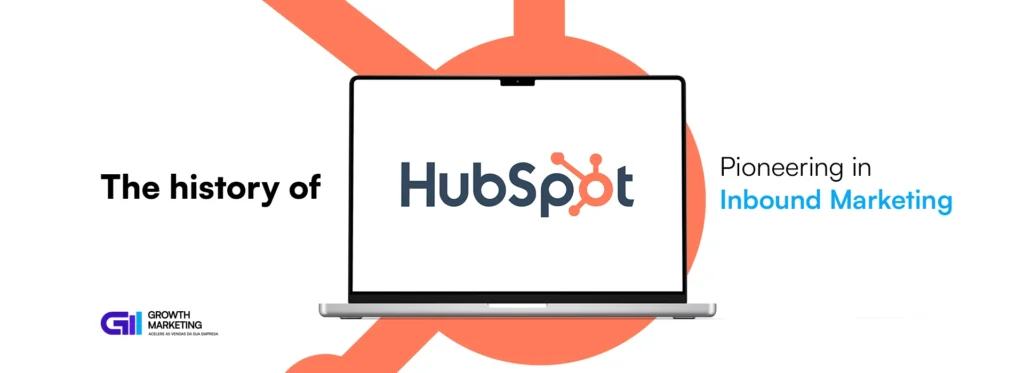The history of HubSpot is a remarkable example of how innovation and adapting to new trends can lead a company to global success. Known as the pioneer of inbound marketing, HubSpot revolutionized how businesses interact with customers. This article explores HubSpot’s journey from its founding to becoming a reference in digital marketing.
Beginnings and Founders
HubSpot was founded in 2006 by Brian Halligan and Dharmesh Shah, both students at MIT. The idea arose from a critical observation: traditional marketing was becoming less effective as consumers became more adept at avoiding unwanted ads. This realization led to the creation of the inbound marketing concept, which focuses on attracting customers through relevant content and personalized experiences.
Launch and Early Challenges
From the start, HubSpot’s mission was clear: to help businesses grow through inbound marketing. However, educating the market about this new approach was an initial challenge. The team dedicated themselves to creating educational content and building a platform that facilitated the adoption of this methodology.
Growth and Strategies of HubSpot
Educating the Market
One of HubSpot’s main strategies was to invest in education and content. The company launched a series of blogs, e-books, and online courses that not only promoted inbound marketing but also helped establish HubSpot as a thought leader in the industry.
Designing an Integrated Platform
HubSpot’s growth also stemmed from creating a software platform that integrates various marketing, sales, and customer service tools. This all-in-one solution enabled small and medium-sized businesses to easily adopt the inbound methodology, managing their entire customer journey in one place.
Continuous Innovation and Expansion
Continuous innovation has been a pillar of HubSpot’s growth. The company expanded its offerings to include CRM, marketing automation, and analytics tools, ensuring that the platform evolves with customer needs and market trends.
Challenges and Adaptation
Competition and Differentiation
With the rise of inbound marketing, many competitors emerged. The challenge for HubSpot was to stay ahead, differentiating itself through innovation and a focus on customer success. Investing in AI and machine learning integration into the platform helped strengthen this differentiation.
International Development
Expanding into international markets presented regulatory and cultural challenges. However, HubSpot’s ability to adapt its marketing strategies and operations to different markets was crucial for its global success.
Impact and IPO
Contribution to Digital Marketing
HubSpot’s impact on digital marketing is undeniable. The company not only popularized the concept of inbound marketing but also changed how businesses think about attracting, engaging, and delighting customers.
Initial Public Offering
In 2014, HubSpot held its initial public offering (IPO), solidifying its position as a leader in the marketing software sector. The IPO not only provided capital for further innovation but also increased the company’s visibility in the market.
Future of HubSpot
HubSpot continues to lead the way in digital marketing innovation. With a continuous commitment to customer education and platform improvement, the company is well-positioned to face future challenges and continue defining inbound marketing.
The history of HubSpot is inspiring for entrepreneurs and marketing professionals. It reflects how innovation, when combined with a deep understanding of customer needs, can create a company that not only leads its sector but also influences how other businesses operate.
This article on HubSpot’s growth and strategies offers valuable insights into how a customer-focused and education-driven approach can drive long-term success.










